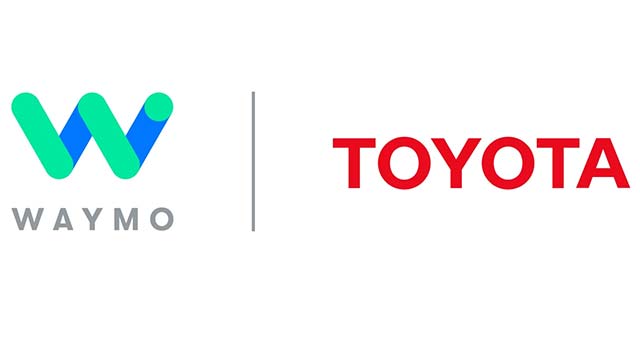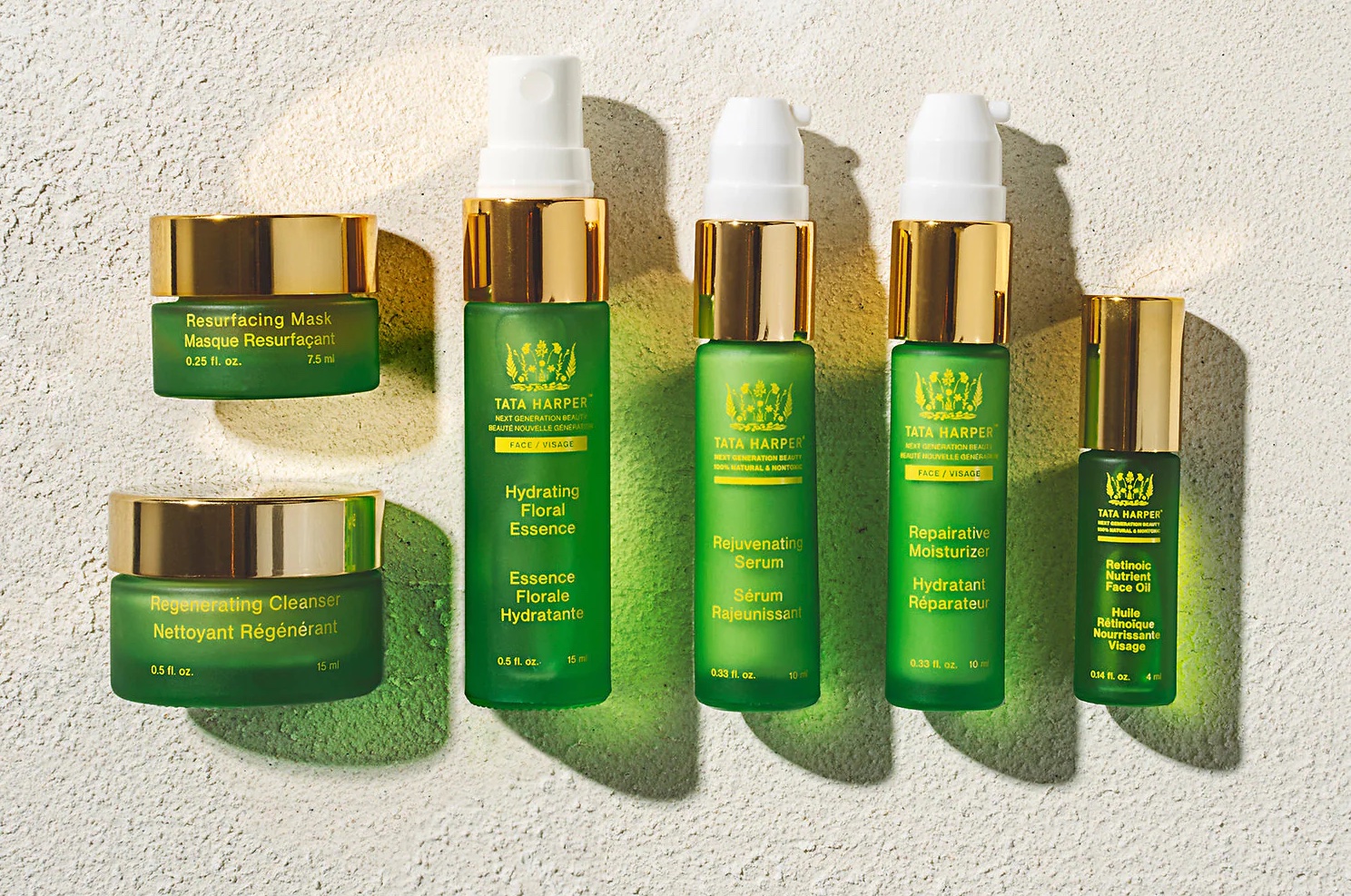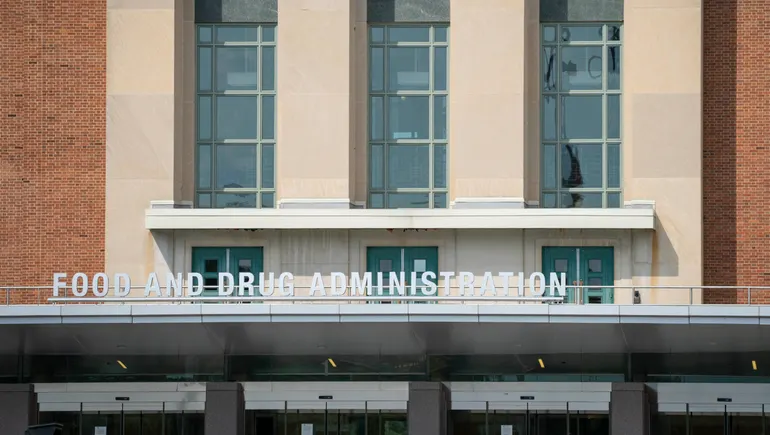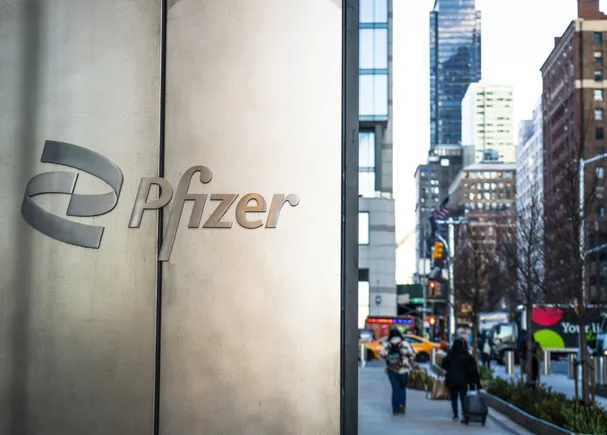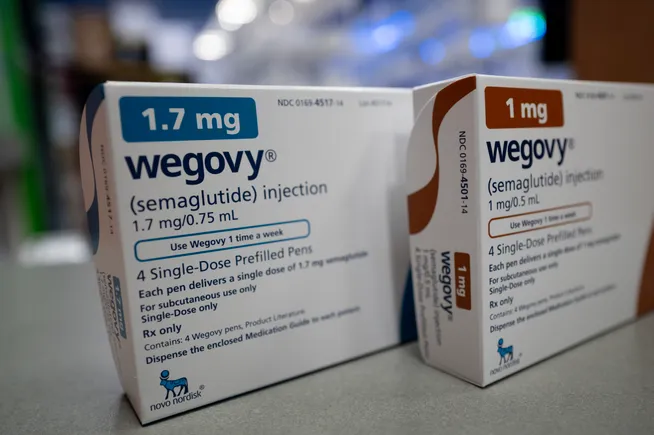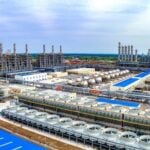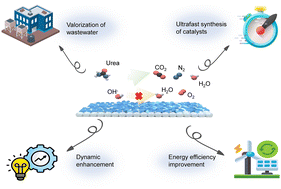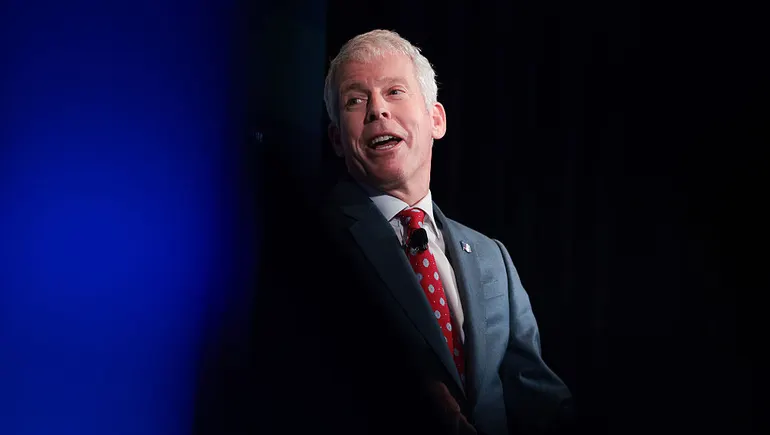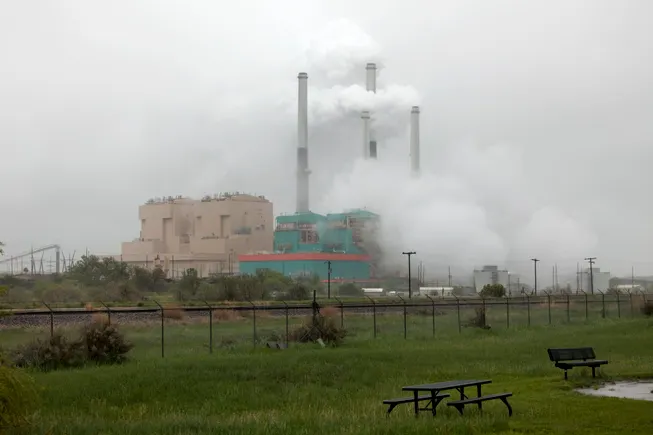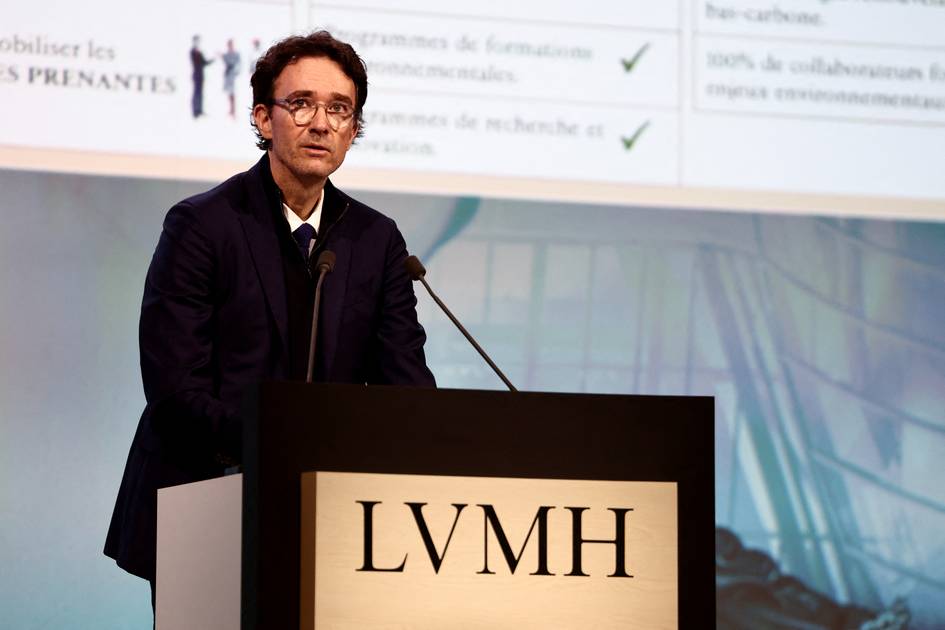Kering bets on water positivity in sustainability pivot
River Credits: Pexels In an era where the fashion industry’s sustainability rhetoric often outpaces its results, Kering, the luxury conglomerate behind Gucci, Saint Laurent and Bottega Veneta, has unveiled what it calls a “Water-Positive Strategy.” The initiative marks the latest chapter in the group’s climate response, this time addressing water scarcity and degradation through a framework it describes as a “Climate-Nature-Water nexus.” The ambition, at least on paper, is far-reaching: not only to reduce water-related risks throughout the value chain, but to restore and replenish the very freshwater ecosystems Kering’s operations affect. “The need for responsible corporate water stewardship...has never been more urgent,” said Marie-Claire Daveu, Kering’s Chief Sustainability and Institutional Affairs Officer. She frames the plan as a move beyond traditional reduction targets—towards regeneration and resilience. At the heart of the strategy are ten “priority basins” where Kering will concentrate efforts. These include regions most entwined with its manufacturing and sourcing footprint, and where freshwater pressures are most acute. The company intends to collaborate with local stakeholders—communities, suppliers, and even competitors—to improve water access, quality, and availability. The first test case will be Tuscany’s Arno Basin, a critical site for leather production, with a broader rollout of "Water Resilience Labs" to follow across all ten basins by 2035. Ambitious Kering has laid out three programmatic pillars: sourcing water-positive raw materials (think recycled textiles and regenerative agriculture), advancing stewardship across its supply chain through cleaner tanning and more efficient technologies, and launching its Water Resilience Labs to facilitate collaboration on the ground. As with many corporate sustainability initiatives, details about governance, enforcement, and measurable outcomes remain unclear How, for instance, will Kering ensure that regenerative agriculture and cleaner tanning practices are adopted beyond a pilot phase? Will suppliers bear the cost, or will the Group underwrite the transition? Moreover, while the Water Resilience Labs aim to facilitate collective action, it is unclear how Kering will reconcile the sometimes conflicting interests of industrial actors, local communities, and public authorities. The Group’s emphasis on collaboration sounds promising but also relies on voluntary participation and goodwill. From risk to reputation The move also highlights a broader shift in how luxury brands frame environmental responsibility. For years, water has been treated as an operational risk—an input to manage or a liability to mitigate. Kering’s strategy attempts to reframe it as an opportunity: to restore ecosystems, secure supply chains, and perhaps, preempt reputational fallout as consumer scrutiny mounts. Yet fashion’s relationship with water is historically extractive. From cotton farming, denim washing to leather tanning, the industry has long consumed vast volumes while polluting freshwater systems with dyes, chemicals, and runoff. The idea that fashion could become “water-positive”—restoring more than it takes—will require more than a strategic rebrand. It demands hard investment, industry-wide coordination, and a willingness to confront uncomfortable truths about volume and consumption. Still, Kering deserves credit for naming the problem and offering a structural response, rather than leaning solely on offset schemes or vague commitments. Whether the plan can deliver more than symbolic progress remains to be seen.

In an era where the fashion industry’s sustainability rhetoric often outpaces its results, Kering, the luxury conglomerate behind Gucci, Saint Laurent and Bottega Veneta, has unveiled what it calls a “Water-Positive Strategy.” The initiative marks the latest chapter in the group’s climate response, this time addressing water scarcity and degradation through a framework it describes as a “Climate-Nature-Water nexus.”
The ambition, at least on paper, is far-reaching: not only to reduce water-related risks throughout the value chain, but to restore and replenish the very freshwater ecosystems Kering’s operations affect. “The need for responsible corporate water stewardship...has never been more urgent,” said Marie-Claire Daveu, Kering’s Chief Sustainability and Institutional Affairs Officer. She frames the plan as a move beyond traditional reduction targets—towards regeneration and resilience.
At the heart of the strategy are ten “priority basins” where Kering will concentrate efforts. These include regions most entwined with its manufacturing and sourcing footprint, and where freshwater pressures are most acute. The company intends to collaborate with local stakeholders—communities, suppliers, and even competitors—to improve water access, quality, and availability. The first test case will be Tuscany’s Arno Basin, a critical site for leather production, with a broader rollout of "Water Resilience Labs" to follow across all ten basins by 2035.
Ambitious
Kering has laid out three programmatic pillars: sourcing water-positive raw materials (think recycled textiles and regenerative agriculture), advancing stewardship across its supply chain through cleaner tanning and more efficient technologies, and launching its Water Resilience Labs to facilitate collaboration on the ground.
As with many corporate sustainability initiatives, details about governance, enforcement, and measurable outcomes remain unclear How, for instance, will Kering ensure that regenerative agriculture and cleaner tanning practices are adopted beyond a pilot phase? Will suppliers bear the cost, or will the Group underwrite the transition?
Moreover, while the Water Resilience Labs aim to facilitate collective action, it is unclear how Kering will reconcile the sometimes conflicting interests of industrial actors, local communities, and public authorities. The Group’s emphasis on collaboration sounds promising but also relies on voluntary participation and goodwill.
From risk to reputation
The move also highlights a broader shift in how luxury brands frame environmental responsibility. For years, water has been treated as an operational risk—an input to manage or a liability to mitigate. Kering’s strategy attempts to reframe it as an opportunity: to restore ecosystems, secure supply chains, and perhaps, preempt reputational fallout as consumer scrutiny mounts.
Yet fashion’s relationship with water is historically extractive. From cotton farming, denim washing to leather tanning, the industry has long consumed vast volumes while polluting freshwater systems with dyes, chemicals, and runoff. The idea that fashion could become “water-positive”—restoring more than it takes—will require more than a strategic rebrand. It demands hard investment, industry-wide coordination, and a willingness to confront uncomfortable truths about volume and consumption.
Still, Kering deserves credit for naming the problem and offering a structural response, rather than leaning solely on offset schemes or vague commitments. Whether the plan can deliver more than symbolic progress remains to be seen.





































